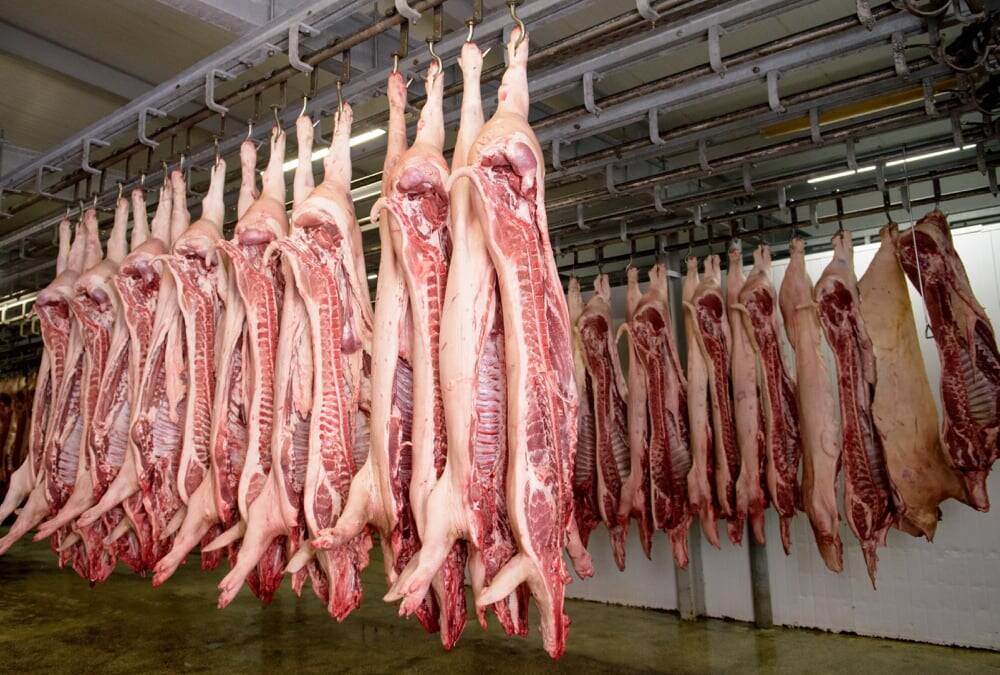Paris | Reuters — Agricultural commodity giant Louis Dreyfus warned on Monday that international trade tensions and a swine disease epidemic would continue to weigh on its activities in the rest of the year after pushing down first-half profit.
The interim results reversed a rebound in group profits in the second half of last year and showed the pressures on trading firms as they try to emerge from a period of falling margins for sourcing and shipping crops such as cereals and oilseeds.
Privately held Louis Dreyfus Co. (LDC) reported a first-half net profit from continuing operations of $73 million, down from $91 million in the same period last year (all figures US$).
Read Also

U.S. livestock: Lean hogs tick down on supply numbers, year-end positioning
Chicago | Reuters – Chicago Mercantile Exchange live cattle and lean hog futures fell while feeder cattle futures rose on…
A U.S.-China tariff dispute has shaken up the soybean market while the spread of African swine fever further dampened demand for soy-based livestock feed by decimating pig herds in China and other Asian countries, LDC said.
In the United States, torrential spring rain that disrupted logistics and crop planting in the Midwest also weighed on LDC’s activities, it said.
“We see these adverse market conditions persisting during the second half of 2019 and expect a recovery in profitability in 2020,” CEO Ian McIntosh said in a statement.
McIntosh, who took over a year ago after the sudden departure of predecessor Gonzalo Ramirez Martiarena together with former finance chief Armand Lumens, said the first-half results were nonetheless “sound” and included improved numbers in commodities such as cotton and coffee.
LDC is one of the so-called “ABCD” quartet of global grain trading giants, alongside Archer Daniels Midland, Bunge and Cargill.
Like its peers, LDC has restructured its operations, exiting activities including dairy and metals trading while focusing more on food processing, notably in Asia.
To boost core merchandising, it has combined its grains and oilseeds divisions and added a “strategic trading unit” within that business to align risk management, a spokeswoman said.
However, LDC has made smaller steps down the food chain compared to rivals such as Cargill that have developed large activities around food protein.
LDC’s controlling shareholder Margarita Louis-Dreyfus was required to buy out most family minorities at the start of the year. The firm has also absorbed a $1 billion loan to fund struggling Brazilian sugar subsidiary Biosev.
LDC reported it had paid a $428 million dividend in the first half. This consisted of a 50 per cent share of last year’s net profit, or $178 million, along with a final $250 million portion of proceeds from the metals divestment, the spokeswoman added.
The group said earlier this year it may look at selling a stake to a regional player.
This could open up the family-controlled business for the first time in its 168-year history, and has added to speculation about industry consolidation after takeover approaches for U.S.-based Bunge.
LDC last month also announced plans to sell its 10 grain elevators in Western Canada to another privately-held grain firm, Winnipeg-based Parrish and Heimbecker.
That sale won’t include LDC’s canola crush plant at Yorkton, Sask., nor its St. Lawrence port terminal at Port Cartier, Que.
The deal with P+H, listed under “subsequent events” in LDC’s interim report on Monday, is still expected to close in the fourth quarter of 2019, pending regulatory approval, the company said.
— Gus Trompiz is a Reuters commodities correspondent in Paris. Includes files from Glacier FarmMedia Network staff.















